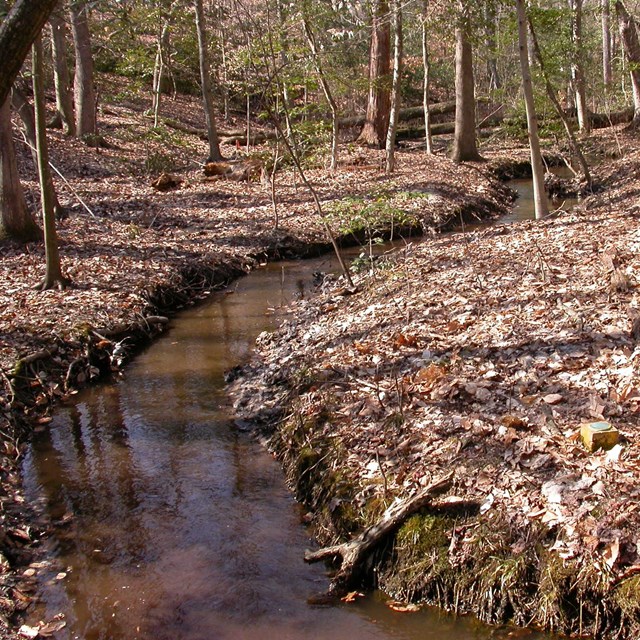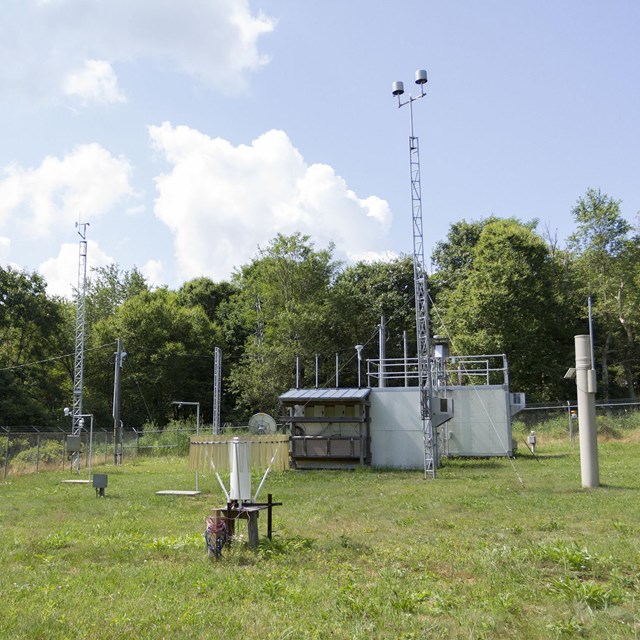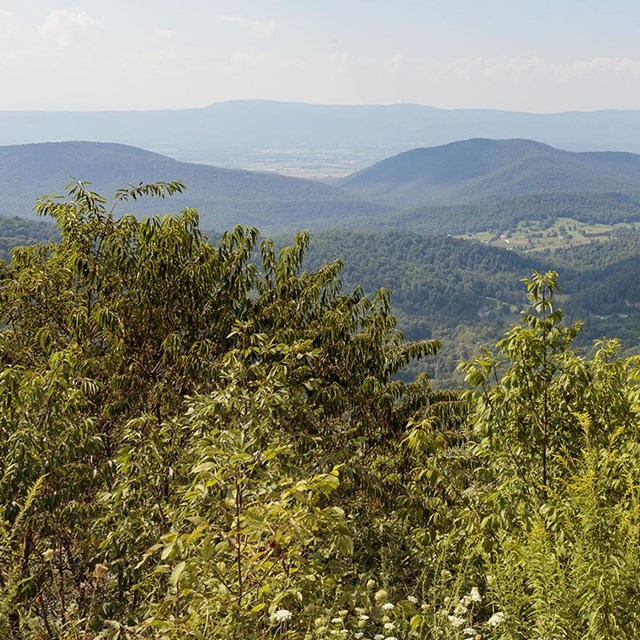
NPS
Valley Forge National Historical Park is one of ten parks in the Mid-Atlantic Network which is part of a nation-wide effort of the National Park Service to generate scientifically sound information on the changing conditions of park ecosystems. In addition to the natural resource management activities performed by park staff, our scientists monitor the status and long-term trends of natural resources at the park. Each year, with the help of park staff and volunteers, we collect information for the monitoring programs listed below. Back at the office we analyze the data and share the information with park managers to help them better understand how to best preserve park ecosystems for future generations.
To learn more about these programs and key findings, choose from the options below.
Monitoring Programs
-
 Benthic Macroinvertebrates
Benthic MacroinvertebratesThis diverse group of creatures occupies stream beds and is a vital component of all healthy stream ecosystems.
-
 Breeding Birds
Breeding BirdsMany network parks have birds that are declining throughout their range, highlighting the need for understanding their status and trends.
-
 Forest Vegetation
Forest VegetationAll Mid-Atlantic Network parks have forests that form an essential part of the landscape and provide habitat for a diversity of wildlife.
-
 Water Quality and Quantity
Water Quality and QuantityMonitoring water quality & quantity helps the National Park Service fulfill its duty to protect pristine (or improve impaired) park waters.
-
 Weather & Climate
Weather & ClimateClimate is a dominant factor driving the physical and ecologic processes affecting Mid-Atlantic Network parks.
-
 Air Quality
Air QualityPark managers benefit from knowing the type and extent of various air pollutants in order to evaluate their impacts on park resources.
Website Articles
Park Monitoring Documents
Source: NPS DataStore Saved Search 4876 (results presented are a subset). To search for additional information, visit the NPS DataStore.
Source: NPS DataStore Saved Search 4877 (results presented are a subset). To search for additional information, visit the NPS DataStore.
Last updated: January 21, 2022
